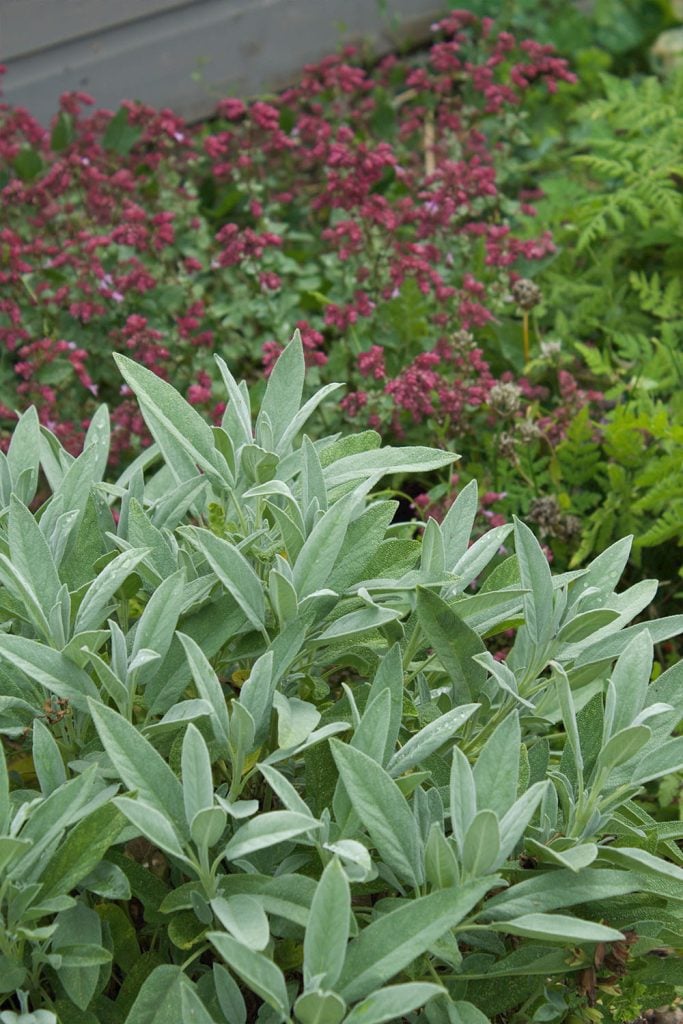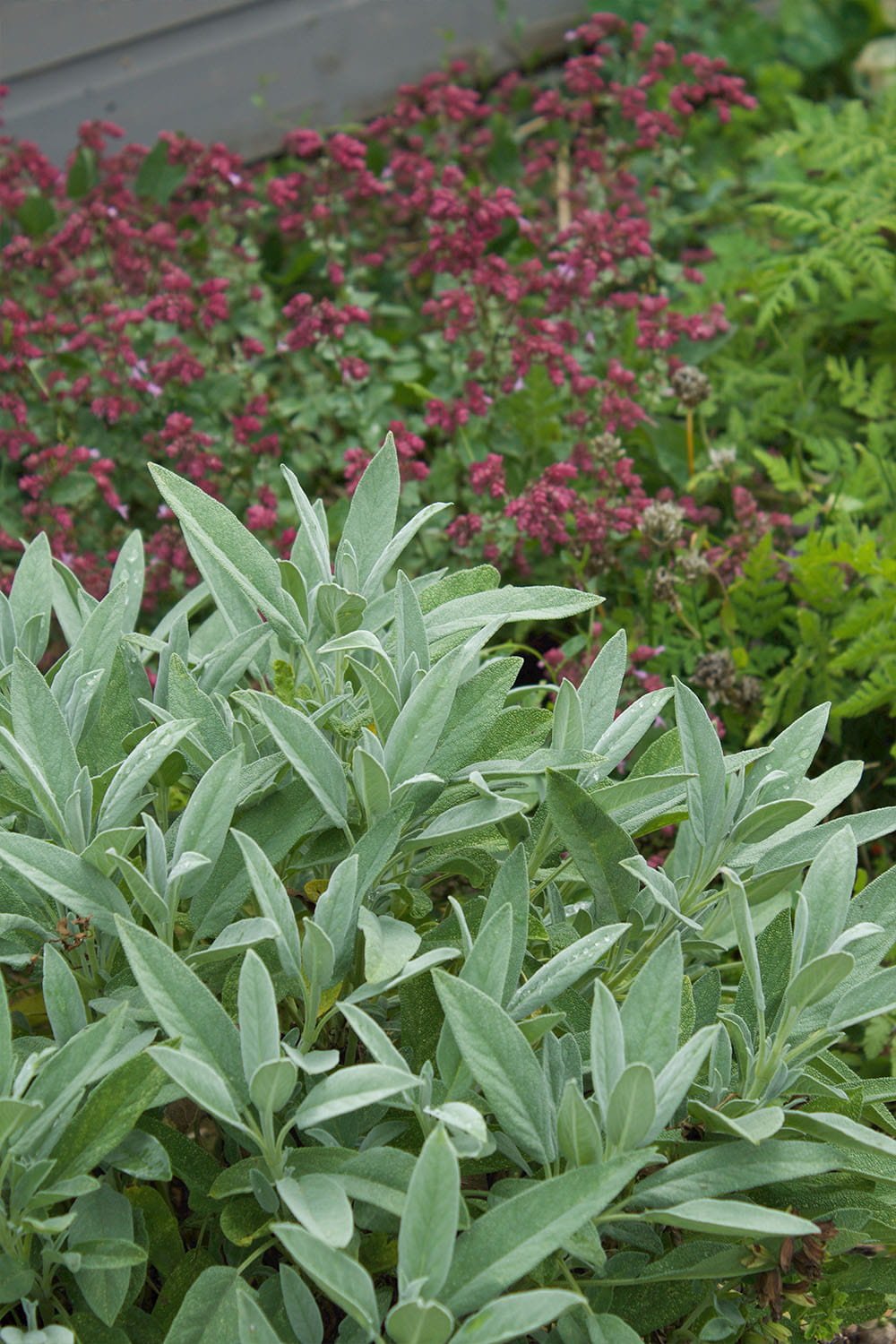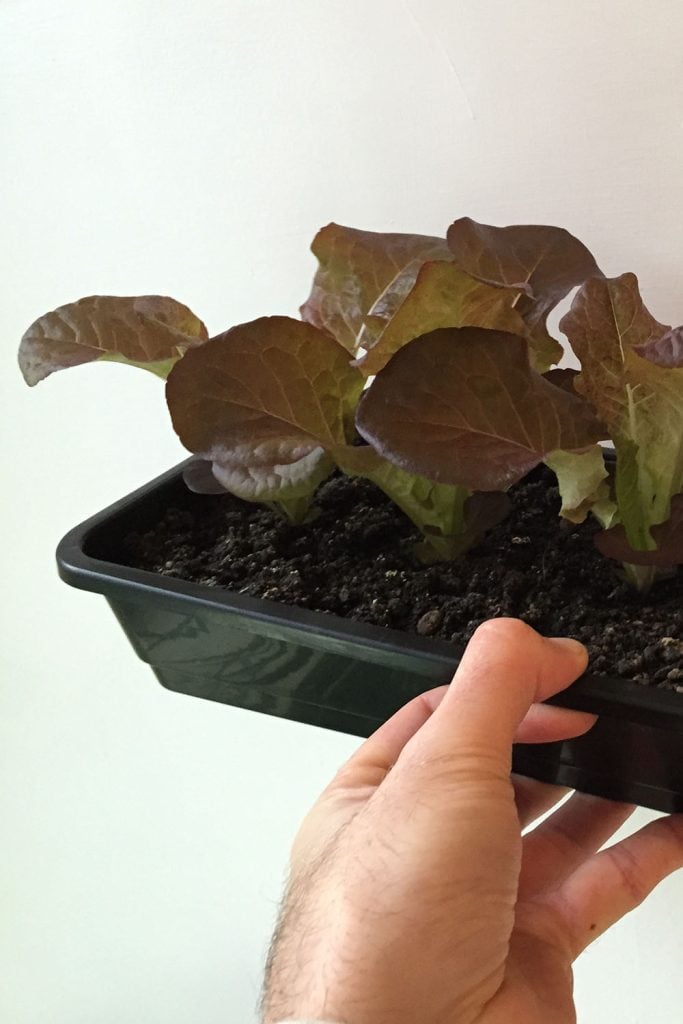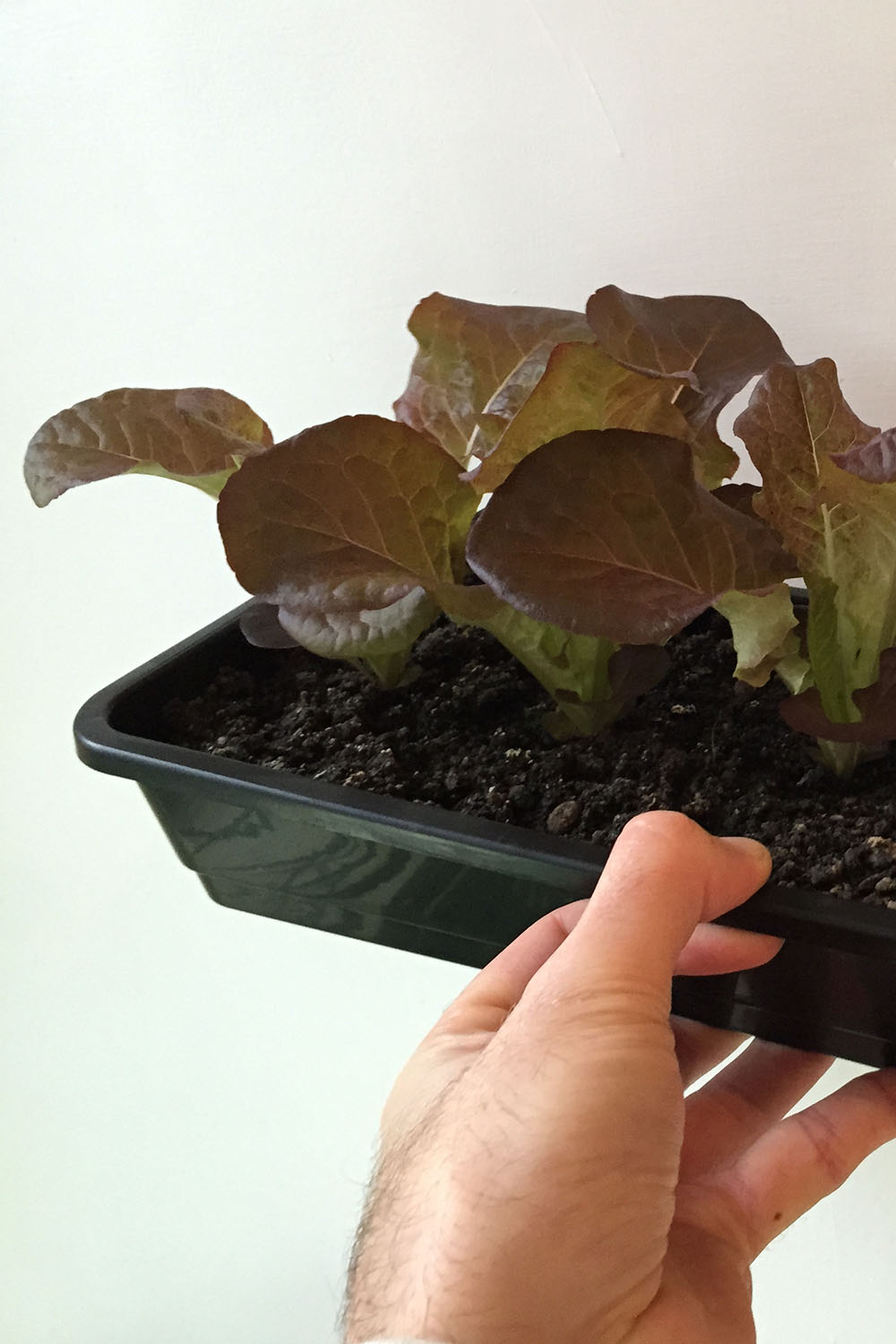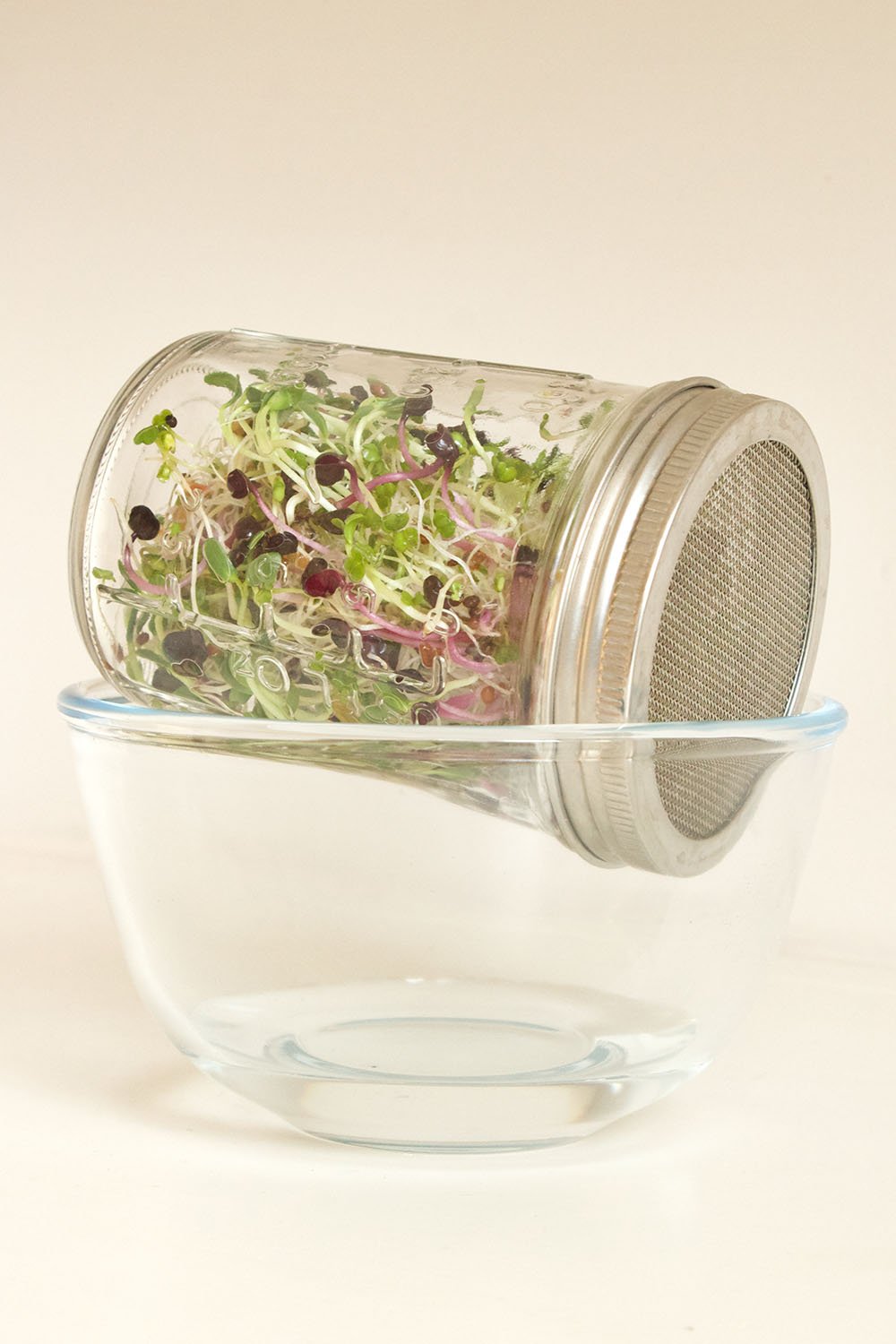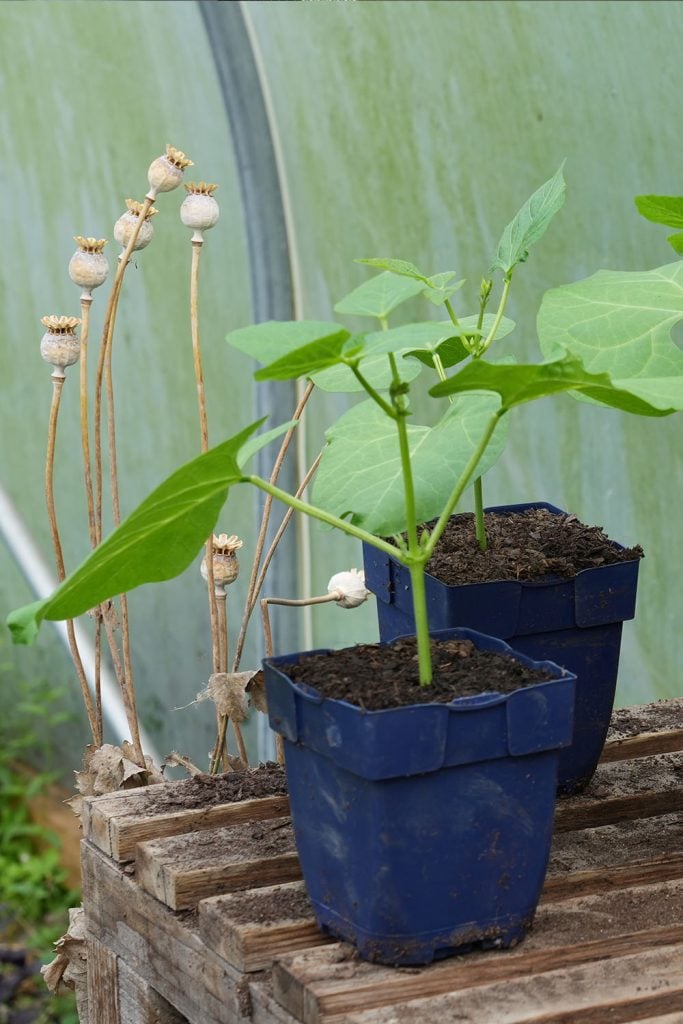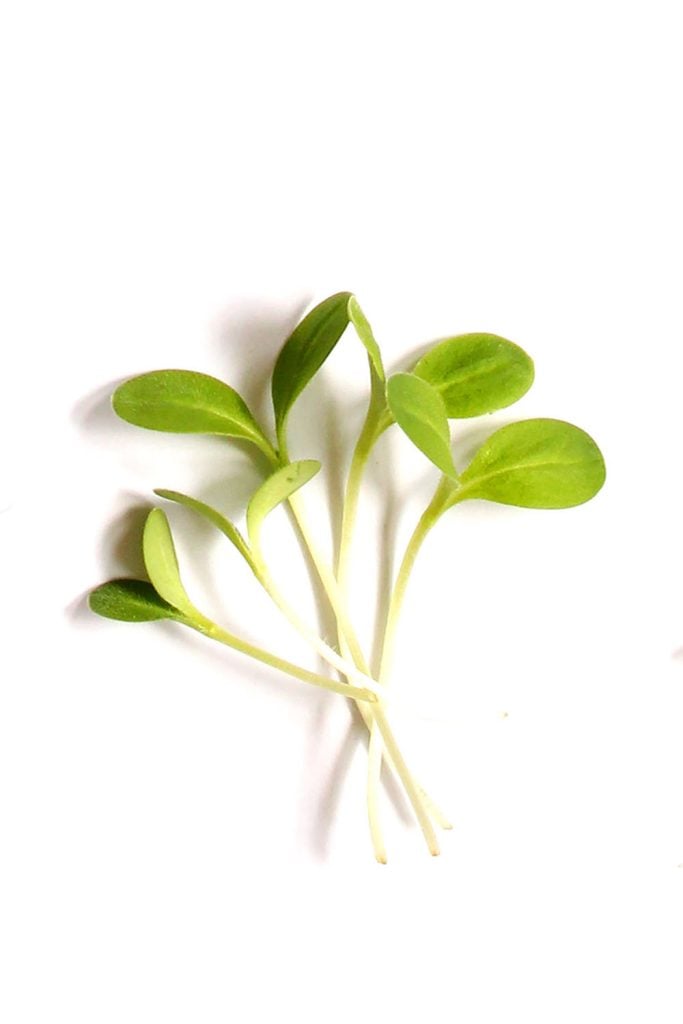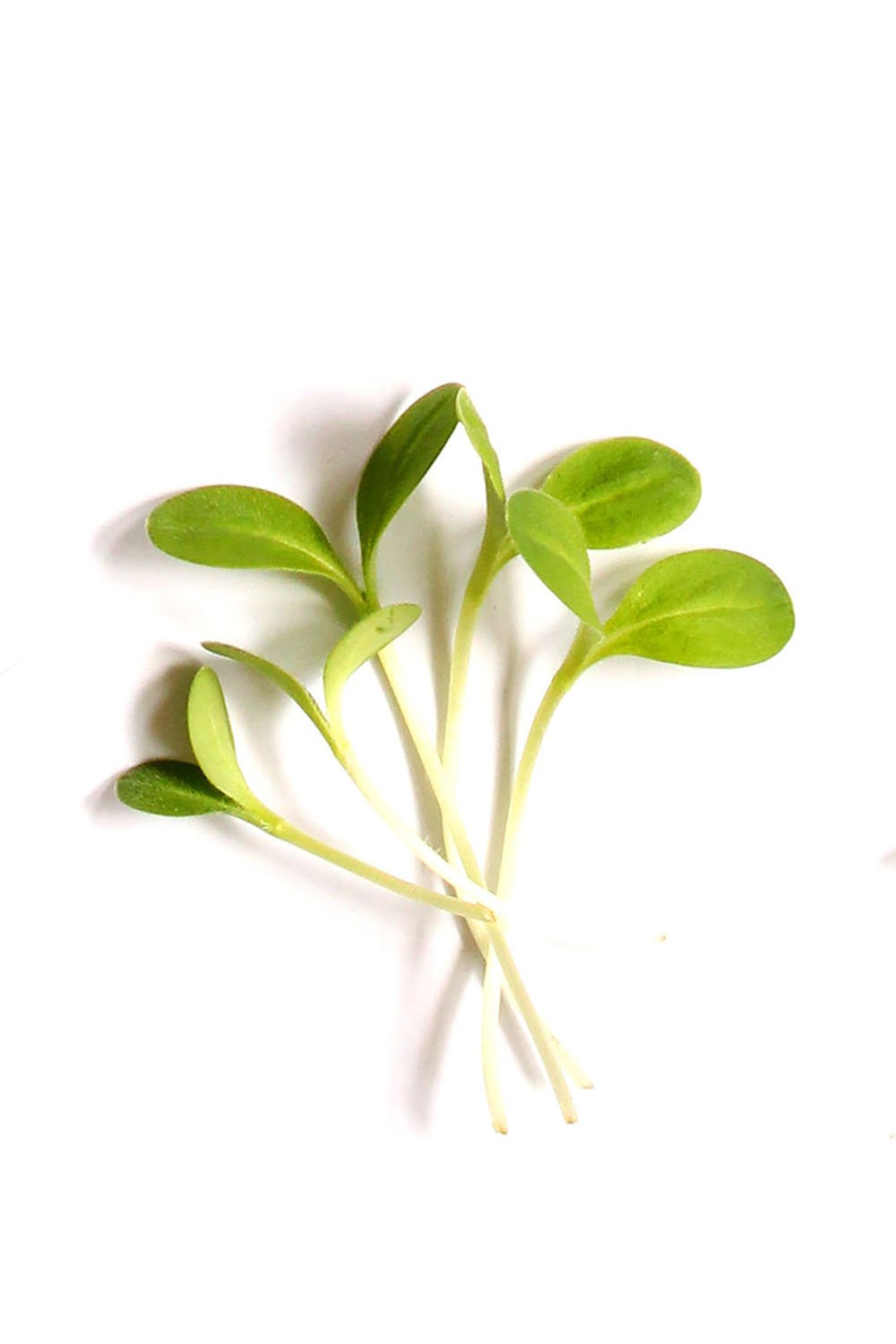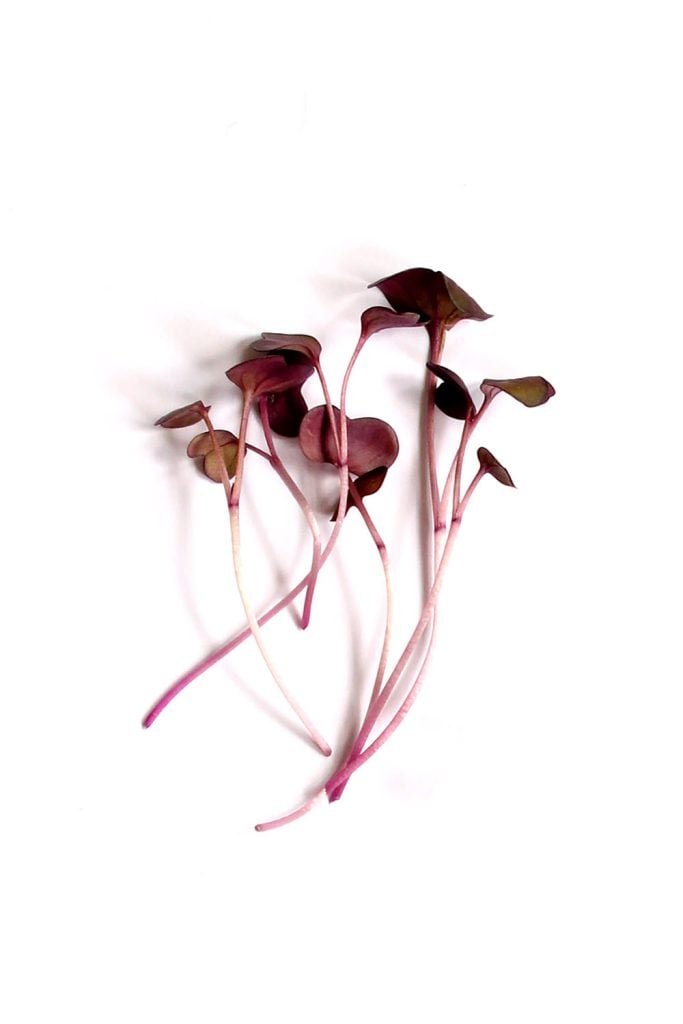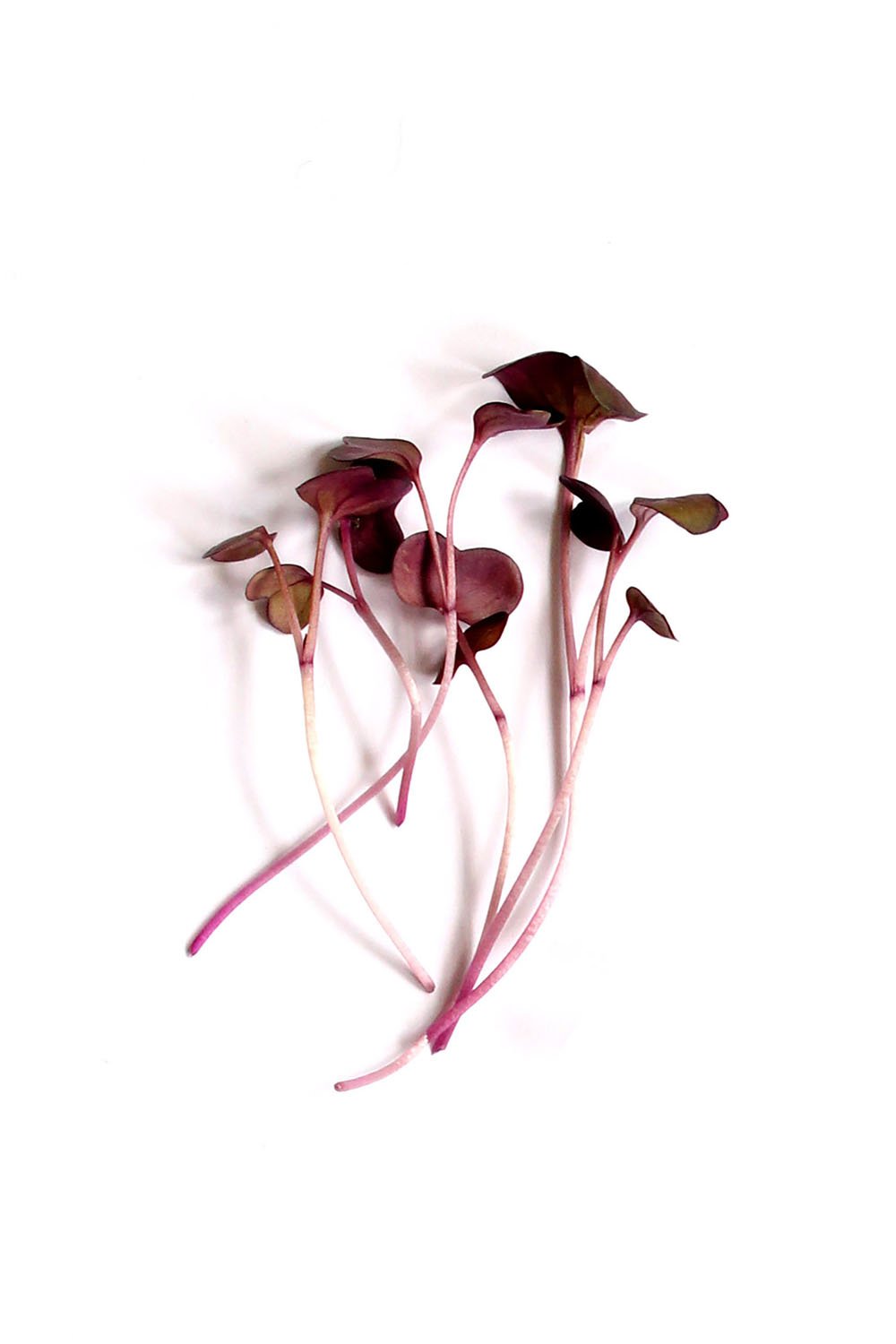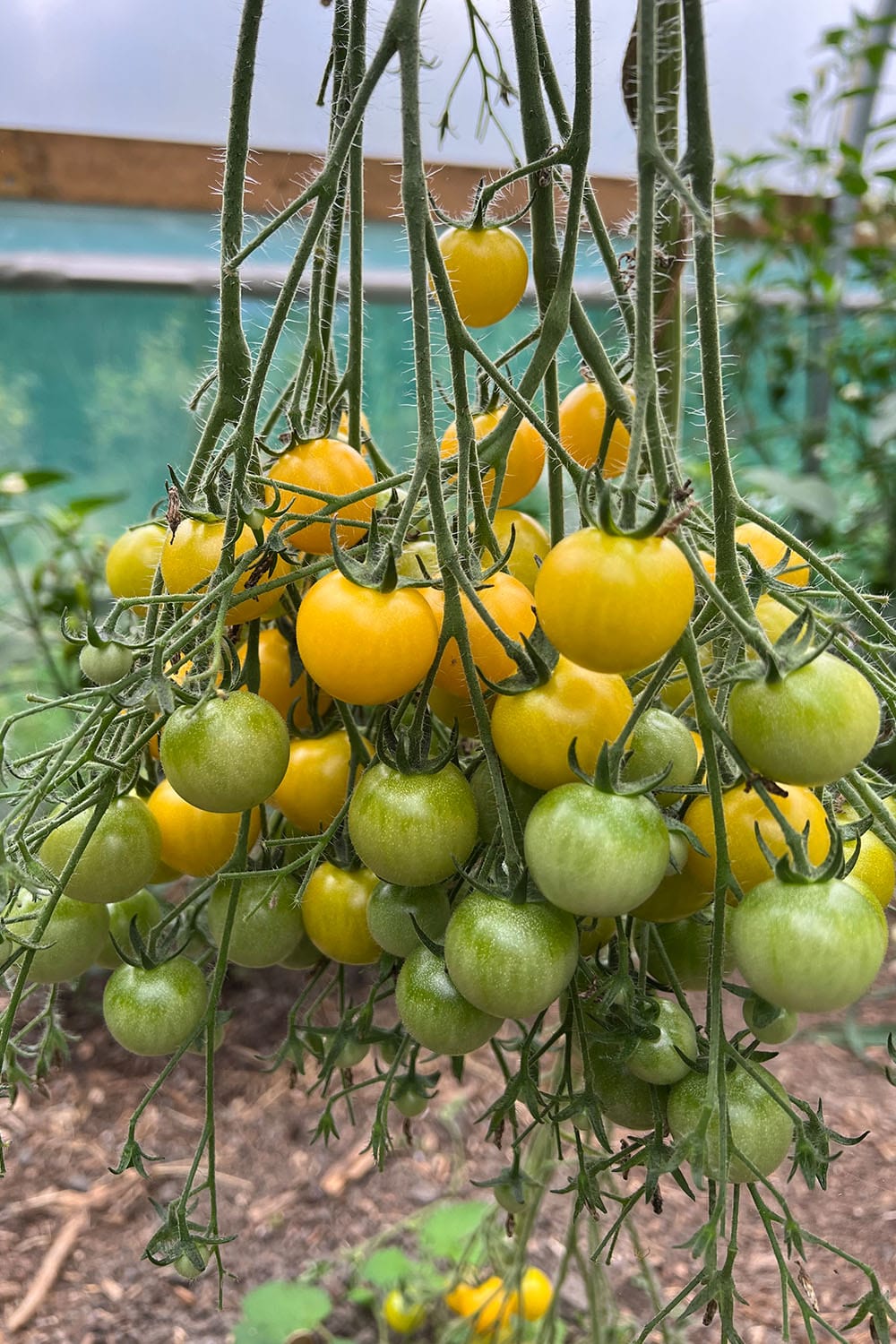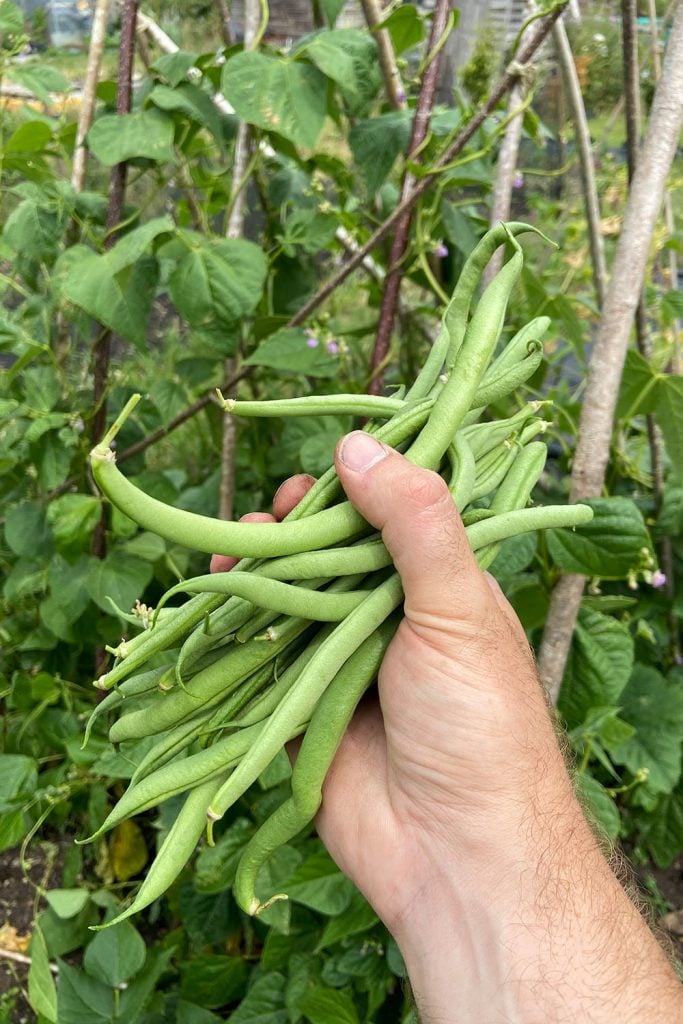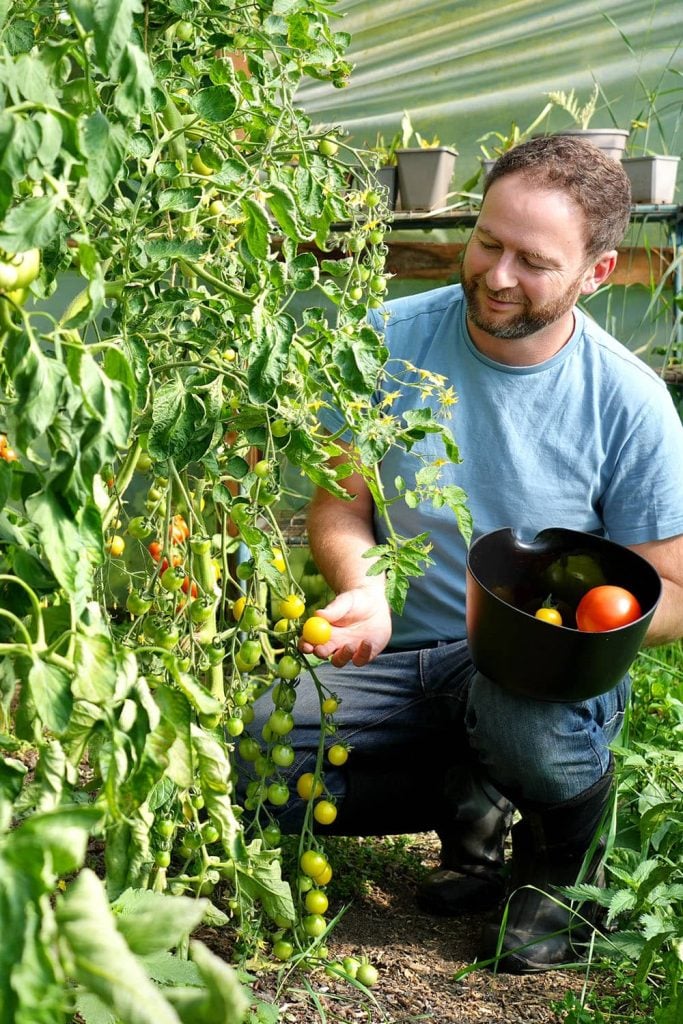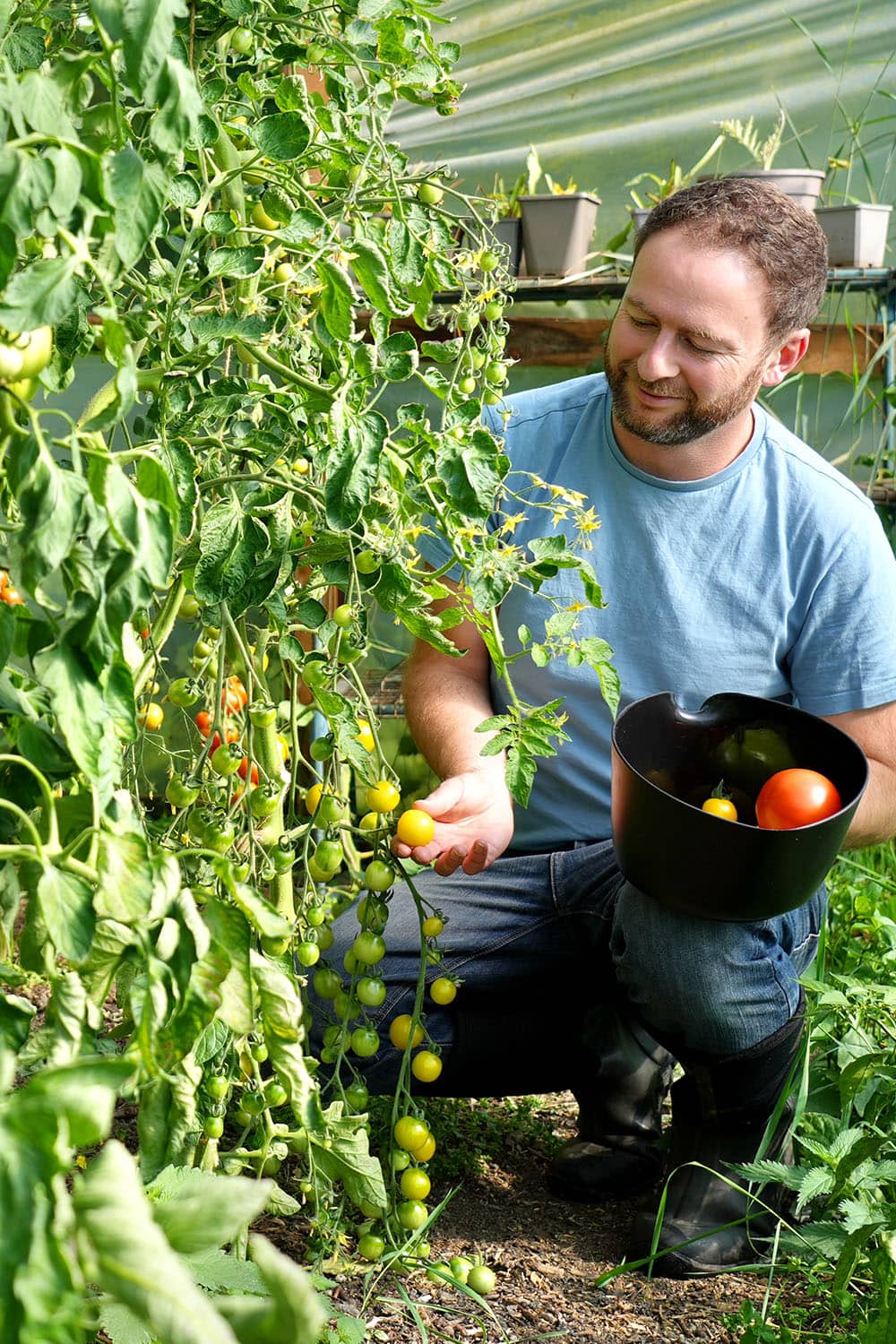GROW YOUR OWN STUFFAnyone can do it, even in a small space
Growing your own fruit and veg can be fun and very rewarding, not least because you get to eat it at the end. Whatever your space, or lack of, you can grow something to eat and, if you stick with it, growing food can blossom into a healthy activity for mind and stomach.
I started growing veg properly in my 30s, when I was living in a small, inner-city flat with a patio and was given use of a little raised bed in a local community garden. My love of homegrown food quickly spiralled beyond that 2x2m bed, but to this day it remains one of my best crops, and came from hardly any space.
“If you’ve got a bit of space outside then great, but even a windowsill can produce a tasty, healthy crop”
For me, that summer of growing veg was a turning point for my mental health, too. I’ve always had to deal with a constant anxiety that builds into stress, and growing food became a safe place that allowed me to break out of a worry cycle. It might not work for everyone, but I recommend giving it a go.
Here, I’ve listed a few easy projects for growing food in small spaces to get you started.
Herbs For Pots Of Flavour
There are two main types of herb plant – annuals, that last only one growing season, and perennials, that can last for years. Annuals include basil and coriander, which can be grown easily on a sunny inside windowsill, but I want to shout about perennial herbs like rosemary, sage, thyme, bay and chives. You’ll never need to buy perennial herbs again if you grow them somewhere outside, and, as with most plants, they’re better the fresher they are. And the good news is that all herbs are generally left alone by slugs and snails.
One common mistake made with herbs is growing them in too small a pot. Supermarkets are to blame, stuffing anywhere from five to 20 herb plants in the same tiny pot. No wonder they don’t last long. Rosemary and sage are medium-sized shrubs that want to grow to about 1m in height and width, or more. These are best planted in a sunny spot in the ground, or at least, in a 40x40cm pot of peat-free compost, remembering to fertilise regularly in summer.
Thyme is a low, woody perennial that forms a mound about 20cm high. You can grow three to five different types of thyme in a 40x40cm pot, or one plant in a 20cm pot.
Chives are an indestructible onion relative with edible leaves and flowers, they will grow in the ground or a 20cm pot in sun or part shade. Harvest all of these by picking leaves as you need them, always leaving plenty on the plant to grow.
Windowsill Salad
I’m a big fan of fresh salad leaves to go in burgers, sandwiches or as a side salad to make me feel healthier than I am. Lettuce and fiery mustard leaves are incredibly easy to grow, all you need is a tray on a sunny windowsill. I like cut-and-come-again varieties, where you pick the outer leaves, allowing new leaves to grow from the middle, cropping slowly for a couple of months. Lettuce Freckles and mustard Purple Frills are two of my favourites. They look snazzy, too.
Grab a seed tray, any 20-30cm long plastic or foil carton from your recycling will do, as long as it’s about 5cm deep and has some holes in the bottom for drainage (make some carefully yourself if necessary). Fill with peat-free compost to just below the top of the tray, so water doesn’t spill over when you water it. Sprinkle the seeds across the surface then cover with a dusting of compost. Don’t overcrowd it, leave about 7-10cm between each seed to give the future plant space to breathe.
Place the tray in the sink, sitting in a couple of centimetres of water for a minute or so to soak, then drain, place on an oven tray or something to catch the drips, and leave on your windowsill, making sure it doesn’t dry out. They’ll germinate in a few days and be ready to start harvesting in about a month, when they have six to eight leaves. You won’t produce all your salad in this way, but you will have enough for a few meals.
Sprout Your Own Nutrients
Seeds are absolutely rammed with nutrients, because they contain all the energy required to grow a whole new plant. We can make the most of this by sprouting seeds on a windowsill, which is why they’re called sprouts – you can then eat the whole thing, roots and all. All you need is a glass jar with a lid with holes poked in it. You can buy sprouting jars with mesh lids if you want to splash out, as I have.
Put a tablespoon of seeds into a large jar, fill with water and screw on the lid. Leave overnight, then pour all the water away and leave the jar angled upside down to drain. The next morning, fill the jar with water and drain away immediately this time. Repeat daily and you’ll soon see the seeds sprout. They’ll be ready after about a week. Any leafy, edible plant can be sprouted. I enjoy the flavour and nutrients of green lentils, mung bean, alfalfa and radish.
“Maybe it’s time to discover your green fingers”
Heavy Yield
Cherry tomatoes, French beans and autumn raspberries are my top tips for space-saving edibles. They are my heavy-yield superheroes, growing upward from a small rootprint, and all will crop over a number of weeks or even months.
They can all be grown in a large, 40cm pot, though raspberries in particular are better in the ground, because they are perennial plants, spreading outward from year to year.
My top tip for tomatoes is to choose the vine types that grow upward, as opposed to bushes that grow outward. They can be tied to canes, pinching off side shoots and cropping as they grow upwards all summer long. Red tomato Apero and yellow Golden Crown are prolific and delicious. You should grow one plant per pot, or two to three per grow bag.
French bean Cobra will provide literally bags of beans from only two or three plants grown up canes in a large pot. Canes for beans and tomatoes need to be tied together at the top to prevent them falling over, or else be firmly pushed into the ground.
My top tip for preventing slug and snail nibbles with tomatoes and beans is to grow them on a raised table in large pots out of their slimy reach. Once the plants have about eight sets of leaves, they’ll be large enough to plant out and fend for themselves.
Autumn raspberry Polka or Joan J crop heavily for two to three months from mid-summer and rarely need supporting, as opposed to summer-fruiting types that crop all in one go.
Dessert Vegetable
West Yorkshire, where HebTroCo is based, is home to the Rhubarb Triangle, so named because it has the perfect conditions for growing those ruby stems. But you don’t need to live here to grow it. Rhubarb is a super-easy perennial plant that crops and crops for years with no care whatsoever. It does need to go in the ground and grows to about 1m wide. It prefers a sunny spot, but will grow happily in part shade, and it doesn’t like to completely dry out in summer. Varieties I recommend include Victoria and Champagne. And rhubarb is very slug and snail proof. Good luck!
Words & Photos Jack Wallington
First published in Issue 4 of BOTHER magazine February 2025


